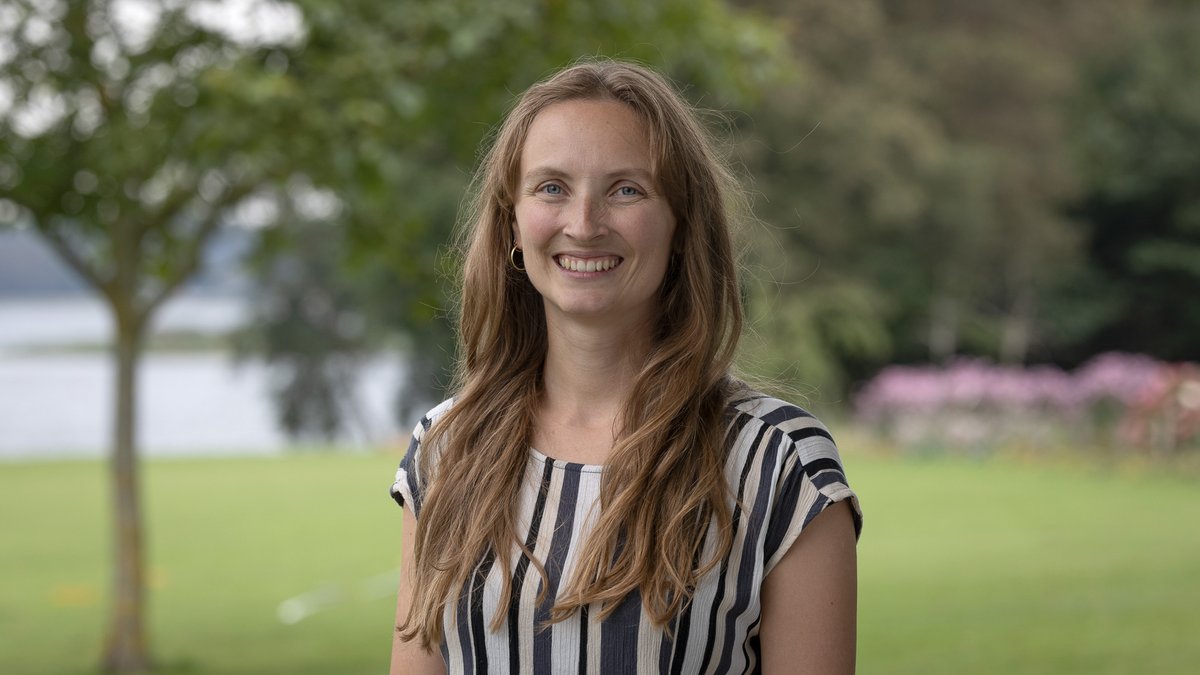Ida Taraldsen - PhD Scholarship 2025
Project summary:
Oxygen treatment in Acute Heart Failure - An investigation of optimal oxygen doses and administration for patients admitted with Acute Heart Failure
Oxygen supplementation is a part of the standard treatment of acute heart failure, but we don’t know how and how much oxygen we should give. We are conducting two studies, investigating the optimal method for giving oxygen and the optimal SpO2 target to aim for.
Project Title
Oxygen treatment in Acute Heart Failure - An investigation of optimal oxygen doses and administration for patients admitted with Acute Heart Failure
Background
Acute heart failure is a major cause of hospitalization in older adults. Despite routine use, evidence for oxygen therapy in acute heart failure is limited. Both too high and too low oxygen levels may be harmful. Guidelines suggest oxygen if SpO2 levels are below 90%, but often oxygen is given up to saturation levels around 96%, and there is a clinical equipoise between these targets. Current practice relies on intermittent pulse oximetry, risking under- or overtreatment.
Aim
Our aim is to investigate the optimal administration and doses of oxygen for patients with acute heart failure.
Methods
We will perform two randomized controlled trials and a systematic review. The first compares automated oxygen administration with nurse titrated oxygen administration in patients admitted to a cardiac ward. The second trial is double-blinded and compares two different SpO2 levels in patients with acute heart failure. We will also conduct a systematic review with meta-analysis comparing restrictive and liberal oxygenation targets in acute heart failure.
Preliminary results
The first randomized controlled trial is completed and published (https://doi.org/10.1136/heartjnl-2024-324488) Our conclusion is that automated oxygen administration is superior to standard manual control in maintaining the SpO2 within the target range in patients hospitalized with acute cardiovascular conditions. The automated systems significantly reduce the time spent in hypoxaemia without increasing hyperoxia.
The protocol for the systematic review is published (https://doi.org/10.1111/aas.70088)

Ida Taraldsen
- MD
- University of Copenhagen
Main supervisors:
Jens Dahlgaard Hove, Attending Physician, Head of Research, and Associate Research Professor, Department of Cardiology, Copenhagen University Hospital – Amager-Hvidovre
Johannes Grand, MD, PhD and Senior Researcher, Department of Cardiology, Copenhagen University Hospital – Amager-Hvidovre
Co-supervisors:
Charlotte Ulrik, Professor in Pulmonary Medicine and chief physician, Department of Pulmonology, Copenhagen University Hospital – Amager-Hvidovre
Lars Lindholm Sørensen, Senior Consultant, Head of Echocardiography and Valvular section and PhD, Department of Cardiology, Copenhagen University Hospital – Amager-Hvidovre
Collaborator:
Jens Jakob Thune, Associate Professor in heart failure, Department of Cardiology, Copenhagen University Hospital – Bispebjerg-Frederiksberg
Christian Hassager, Professor and Senior Consultant, Department of Cardiology, Copenhagen University Hospital – Rigshospitalet